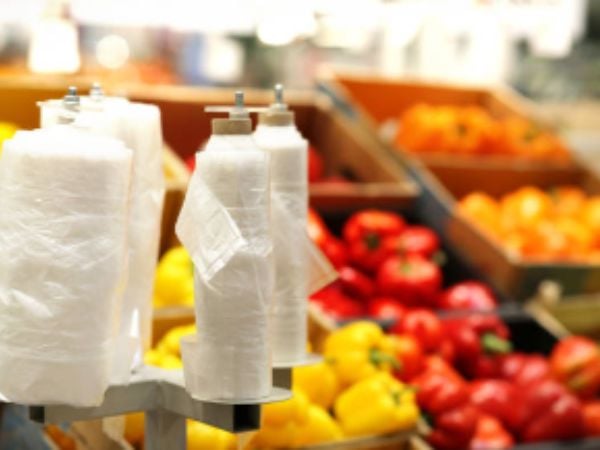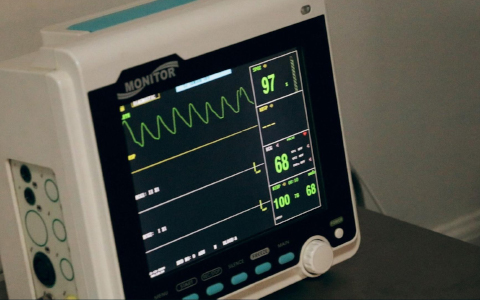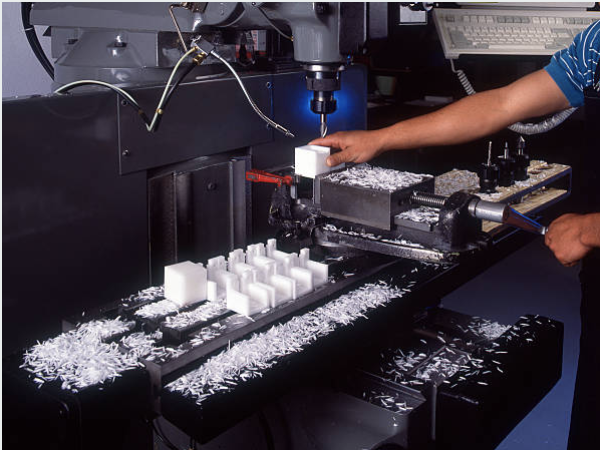
In today’s increasingly health-conscious world, the demand for safer and cleaner materials is on the rise. Among these innovative materials are antimicrobial plastics, which are engineered to inhibit the growth of harmful bacteria, fungi, and other microorganisms. In this article, we’ll explore the science behind antimicrobial polymers, how they work, and the numerous benefits they offer in various applications.
Introduction to Antimicrobial Plastics
Antimicrobial plastics are synthetic polymer material containing active ingredients, known as antimicrobial additives, that prevent microbial growth on their surfaces. These additives can protect against a wide range of microorganisms, including bacteria, fungi, algae, and even some micro-animals like dust mites. The use of antimicrobial plastics has become increasingly popular in various industries, including healthcare, food service, transportation, and construction, due to their ability to maintain cleanliness and prolong product life.
Understanding the Science Behind Antimicrobial Plastics
Antimicrobial agents, such as silver ions or zinc pyrithione, can be integrated into the polymer material during the manufacturing process, becoming a permanent part of the material’s structure. These agents work by disrupting essential cellular functions of microorganisms, such as cell wall synthesis, protein synthesis, and nucleic acid synthesis. As a result, the microorganisms are unable to grow, reproduce, or survive on the surface of the antimicrobial plastic.
How does antimicrobial plastic work?
When harmful bacteria or other microorganisms come into contact with the surface of an antimicrobial polymer, the antimicrobial agents present in the materials are released, preventing the growth and reproduction of the microbes. This continuous release of antimicrobial agents ensures that the polymer surface remains clean and protected for the entire lifetime of the product.
Some common antimicrobial agents used in plastics include:
- Silver ions: These inorganic compounds release silver ions in the presence of moisture, penetrating microbes and rendering them unable to live, grow, or reproduce.
- Zinc pyrithione: A zinc-based antimicrobial agent that inhibits the growth of bacteria, mold, and mildew on plastic surfaces.
- Isothiazolinones: A group of organic compounds that are effective against a broad range of microorganisms, including bacteria and fungi.
Common Applications of Antimicrobial Agents
Antimicrobial additive is utilized in a wide variety of applications, including:
Healthcare

Medical devices, hospital furniture, storage containers, and other high-touch surfaces in healthcare settings benefit from the use of antimicrobial plastics to reduce the risk of hospital-acquired infections (HAIs).
Food Service

Kitchen utensils, cutting boards, food storage containers, and other food contact surfaces can be made with antimicrobial plastics. To maintain a cleaner environment and prevent the spread of foodborne illnesses.
Transportation

High-traffic surfaces on buses, trains, and airplanes can be made with antimicrobial plastics to provide added protection against the growth of harmful bacteria, mold, and mildew.
Construction

Building materials such as flooring, siding, windows, insulation, and roofing membranes can be made with antimicrobial plastics to resist microbial growth and prolong the life of the materials.
What are some of the benefits of using antimicrobial plastics in healthcare settings?
Lower Infection Risk
Superior antimicrobial performance help prevent the spread of harmful bacteria, viruses, and other germs that can cause infections. By stopping these microbes from growing on surfaces and medical equipment, antimicrobial plastics reduce the chance of patients getting sick from contaminated items in a healthcare setting.
Better Hygiene
Antimicrobial plastics work together with standard disinfecting and cleaning routines to help keep hospitals and clinics cleaner. Even after regular sanitizing, these plastics continue inhibiting the growth of microorganisms to maintain a more hygienic environment.
Longer Product Lifespan
Adding antimicrobial additives prevent plastic products from breaking down over time due to microbial contamination and growth. So equipment, devices, and other products made of these plastics last longer and function better. This helps healthcare facilities get more value and use from their investments in medical gear and resources.
In short, antimicrobial plastics lead to improved infection prevention, enhanced cleanliness, and extended longevity of essential medical equipment. By fighting the growth of germs and microbes even after sanitizing, these plastics provide ongoing protection for patients and help keep healthcare settings safer and more hygienic. The result is an environment where the risk of contamination is minimized and medical products can provide maximum benefit.
Can antimicrobial plastics prevent the spread of diseases like COVID-19?
While antimicrobial plastics are effective against a wide range of microorganisms, it is important to note that they may not be specifically designed to prevent the spread of viruses like COVID-19. However, the use of antimicrobial technology in conjunction with proper hygiene practices, such as regular handwashing and surface disinfection, can help minimize the overall risk of disease transmission.
Are there any regulations or standards governing the use of antimicrobial plastics?
Multiple international organizations have established standards and regulations for the use of antimicrobial additives in plastics. For instance, the European Food Safety Authority (EFSA), the US Food and Drug Administration (FDA), and the US Environmental Protection Agency (EPA) have all released guidelines in this area. Plastic manufacturers that incorporate antimicrobial additives must guarantee their products satisfy these regulatory criteria before the plastics can be approved for particular uses.
How to evaluate the Effectiveness of Antimicrobial Plastics
At first glance, antimicrobial plastic is utterly undetectable and indistinguishable to the naked eye. These plastics harbor clandestine additives that remain dormant and odorless, camouflaging their presence through an unassuming facade of normalcy. And yet, beneath the surface, a silent war rages.
Discerning the combat effectiveness of these covert warriors demands a battery of specialized assessments. An array of intricate evaluations developed by an alphabet soup of organizations—AATCC, ASTM, ISO, JIS—have been honed to probe the potency of antimicrobial arsenals embedded within polymers.
Each assessment is carefully calibrated for particular materials, purposes, or agents, so choosing wisely is critical. Certain time-tested techniques, like ASTM G21 and AATCC Method 30, have been engineered explicitly to gauge antifungal forces. Meanwhile, ISO 22196 and JIS Z 2801 were designed specifically to measure the antibacterial might of plastics.
By subjecting antimicrobial properties to these evaluations, their true capabilities can ultimately be revealed and their dormant powers awakened and unleashed. Only then will these plastics emerge from obscurity and be known for what they really are: tiny troves of chemical weapons locked in a hidden war against the enemies of hygiene.
How long do antimicrobial plastics remain effective?
Antimicrobial plastics are plastics that are designed to continuously inhibit the growth of microbes for the lifespan of the product. These plastics contain germ-fighting additives that prevent the proliferation of bacterial growth, viruses, and other microorganisms.
The antimicrobial properties of these plastics are intended to offer ongoing protection against microbial growth for as long as the plastic material itself lasts under normal use. In short, antimicrobial plastics aim to remain effective at eliminating microbes for the entire useful life of plastic products.
However, there are a few factors that can impact how well the antimicrobial agents work over time. For example, the specific type of plastic material used, how the material was manufactured, and exposure to environmental elements like heat or moisture can all potentially affect the performance of the antimicrobial additives.
But as a general rule of thumb, you can expect antimicrobial polymers to continue preventing microbial contamination as long as the product remains in working condition. As long as the material itself stays intact and keeps doing what it was designed to do, the antimicrobial properties should keep doing their job of warding off infection-causing germs and microorganisms.
So while there’s no strict time limit, properly manufactured antimicrobial plastics should maintain their germ-fighting superpowers for many years and for the full useful life of the product. The antimicrobial agents are built right in to keep protecting as long as the material itself lasts. But for the best results, you’ll want to follow the directions for proper use and care of the specific antimicrobial plastic product.
Choosing the Right Antimicrobial Plastic at Seaskymedical
When selecting an antimicrobial polymer for your application, it’s essential to consider factors such as material compatibility, regulatory requirements, and the specific microorganisms you want to target. At Seaskymedical, we offer a wide range of antimicrobial plastics and expert guidance to help you choose the right solution for your needs. To learn more about our antimicrobial plastic offerings and how they can benefit your application, please contact us today.




